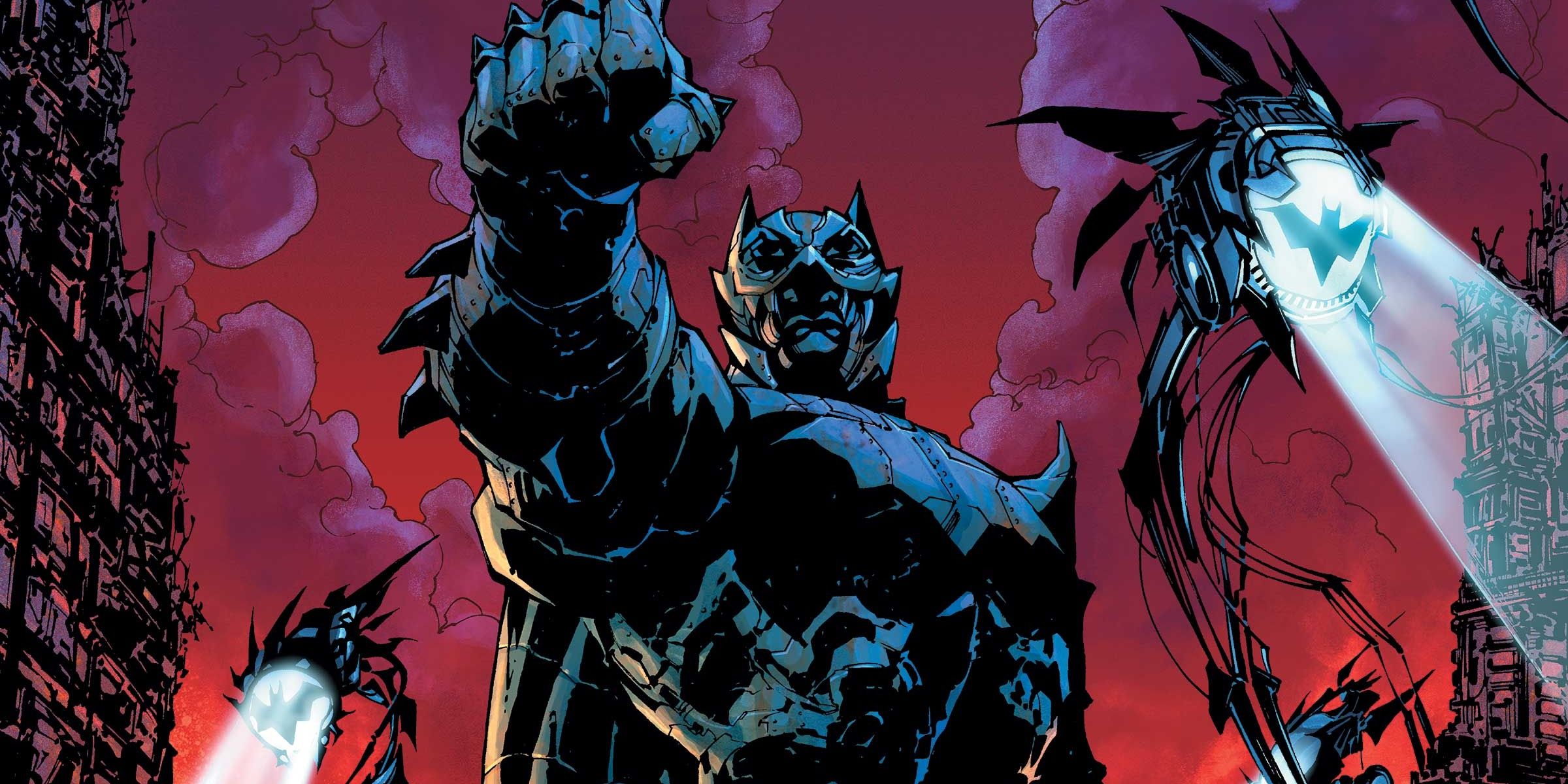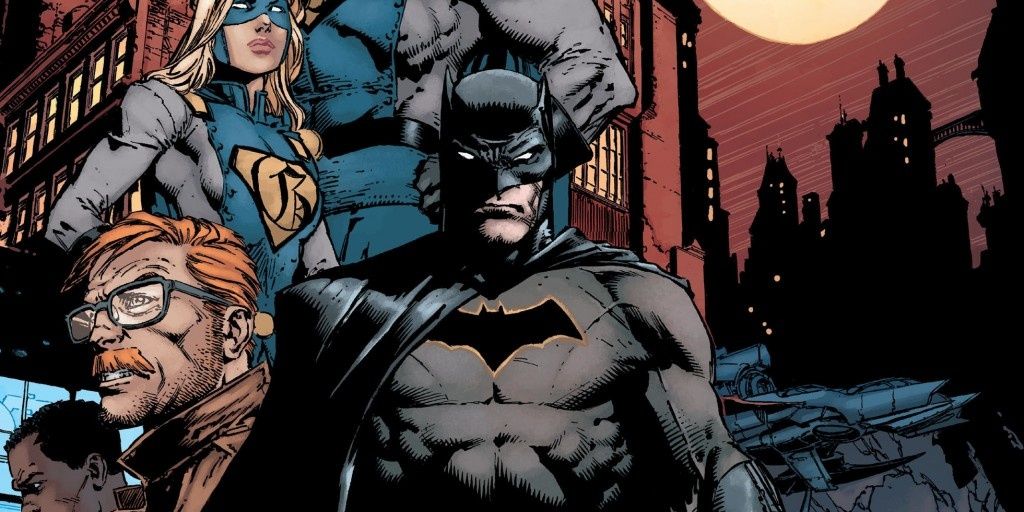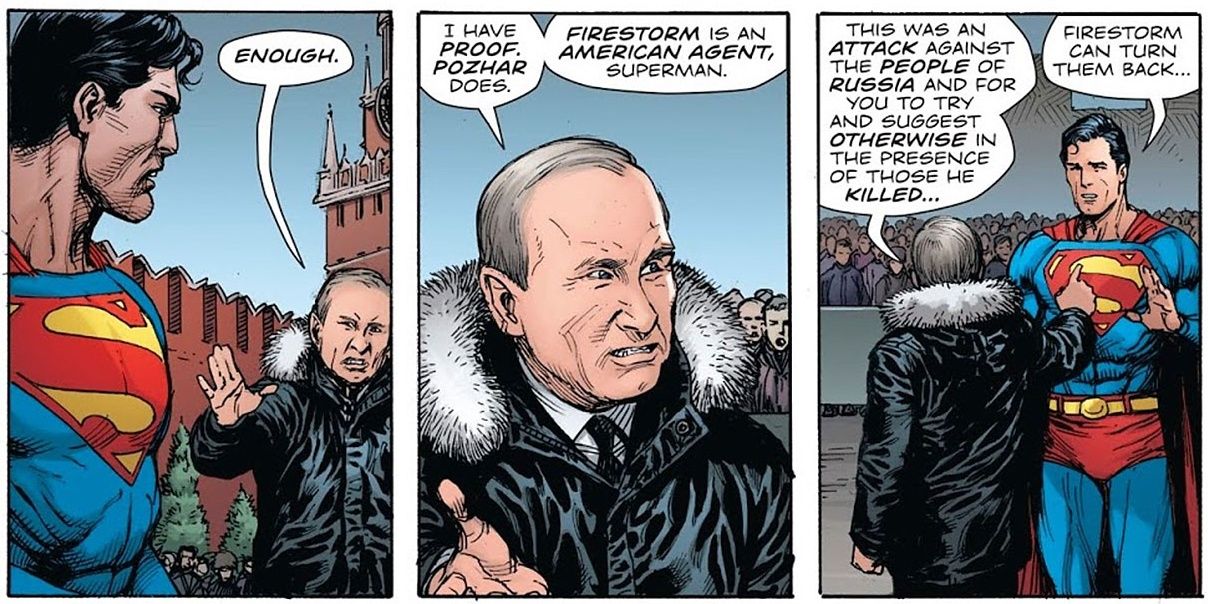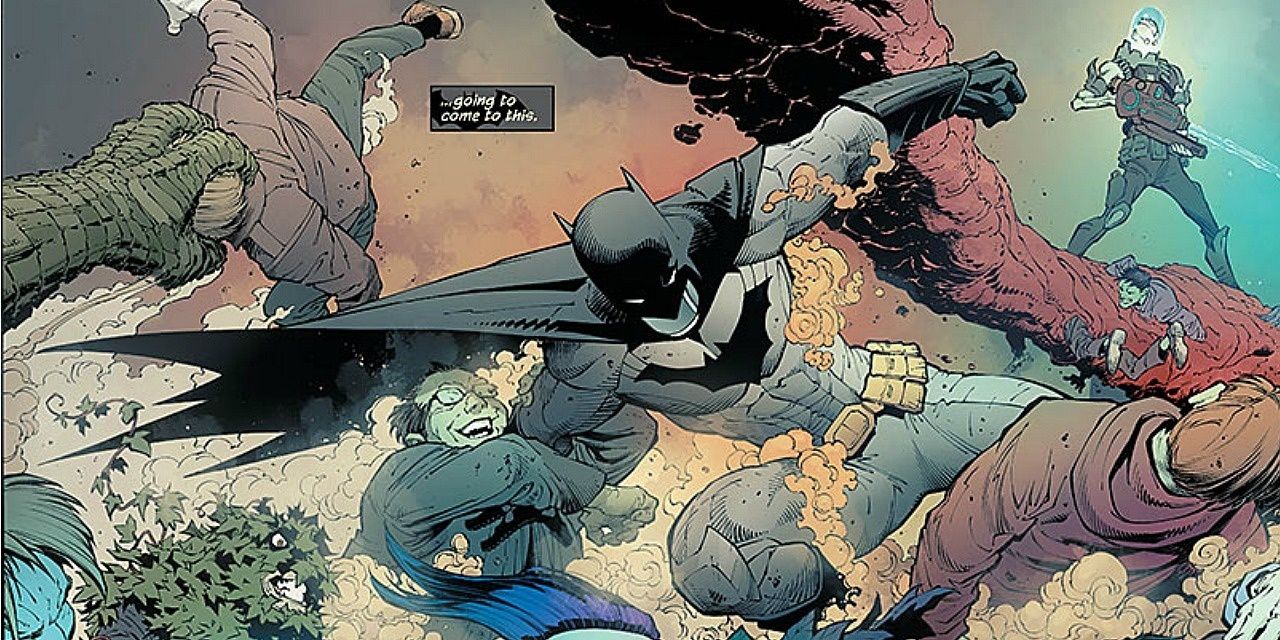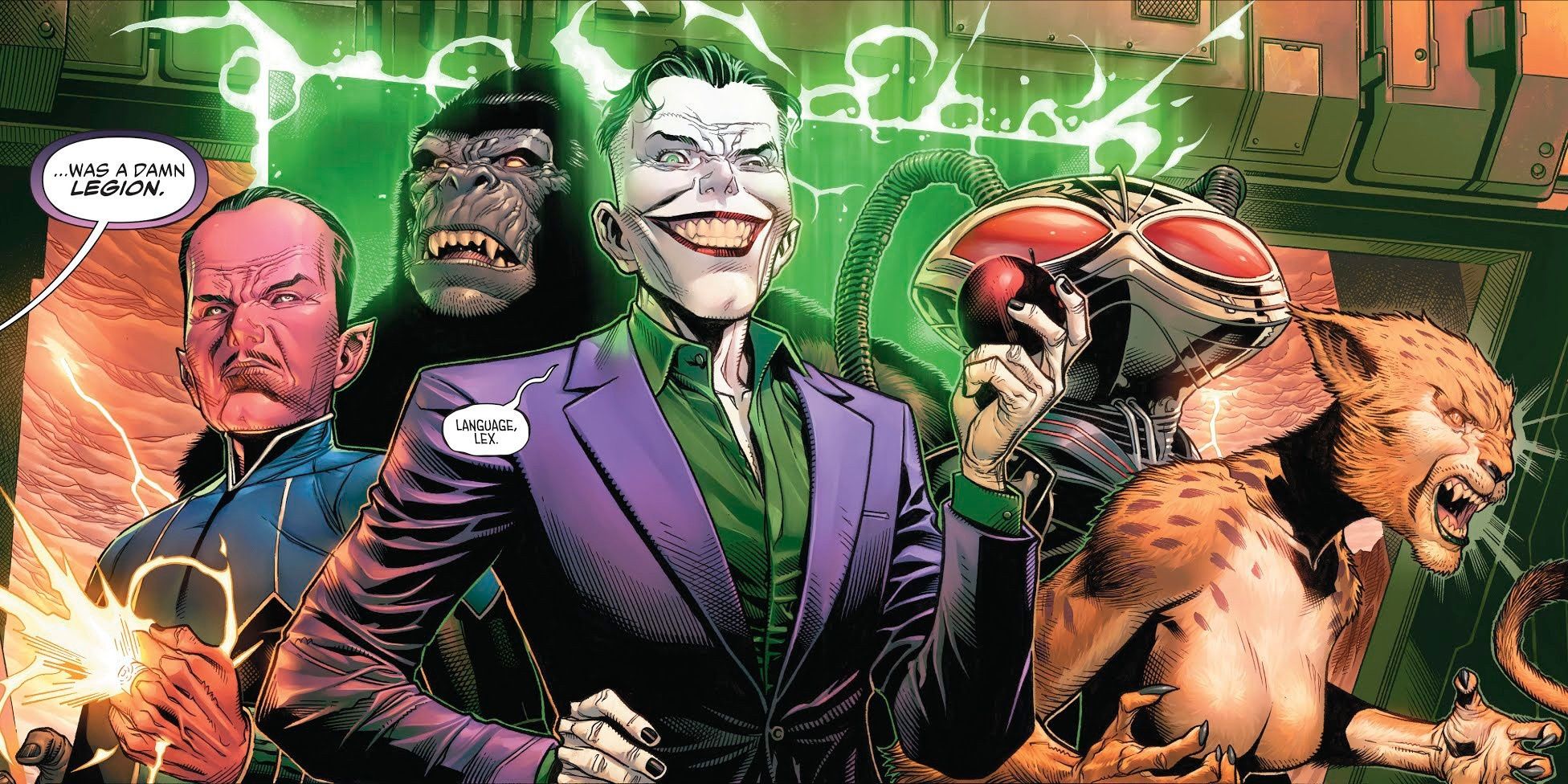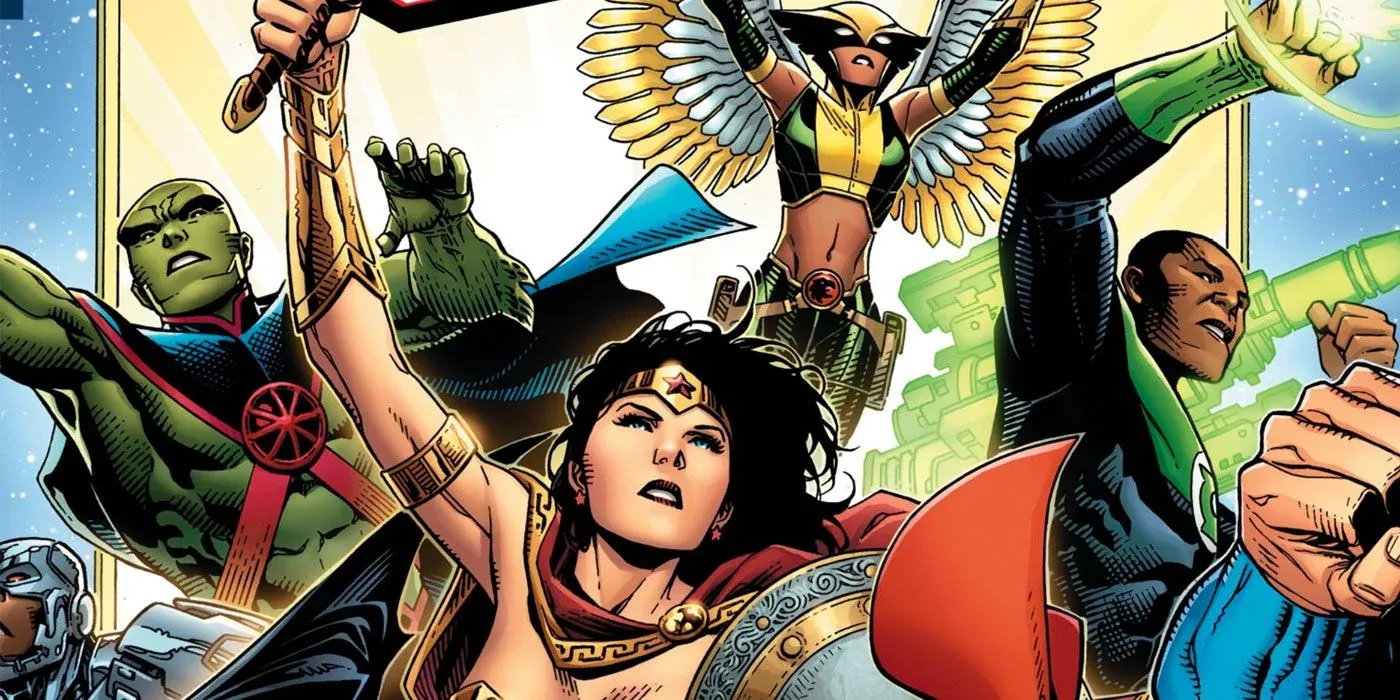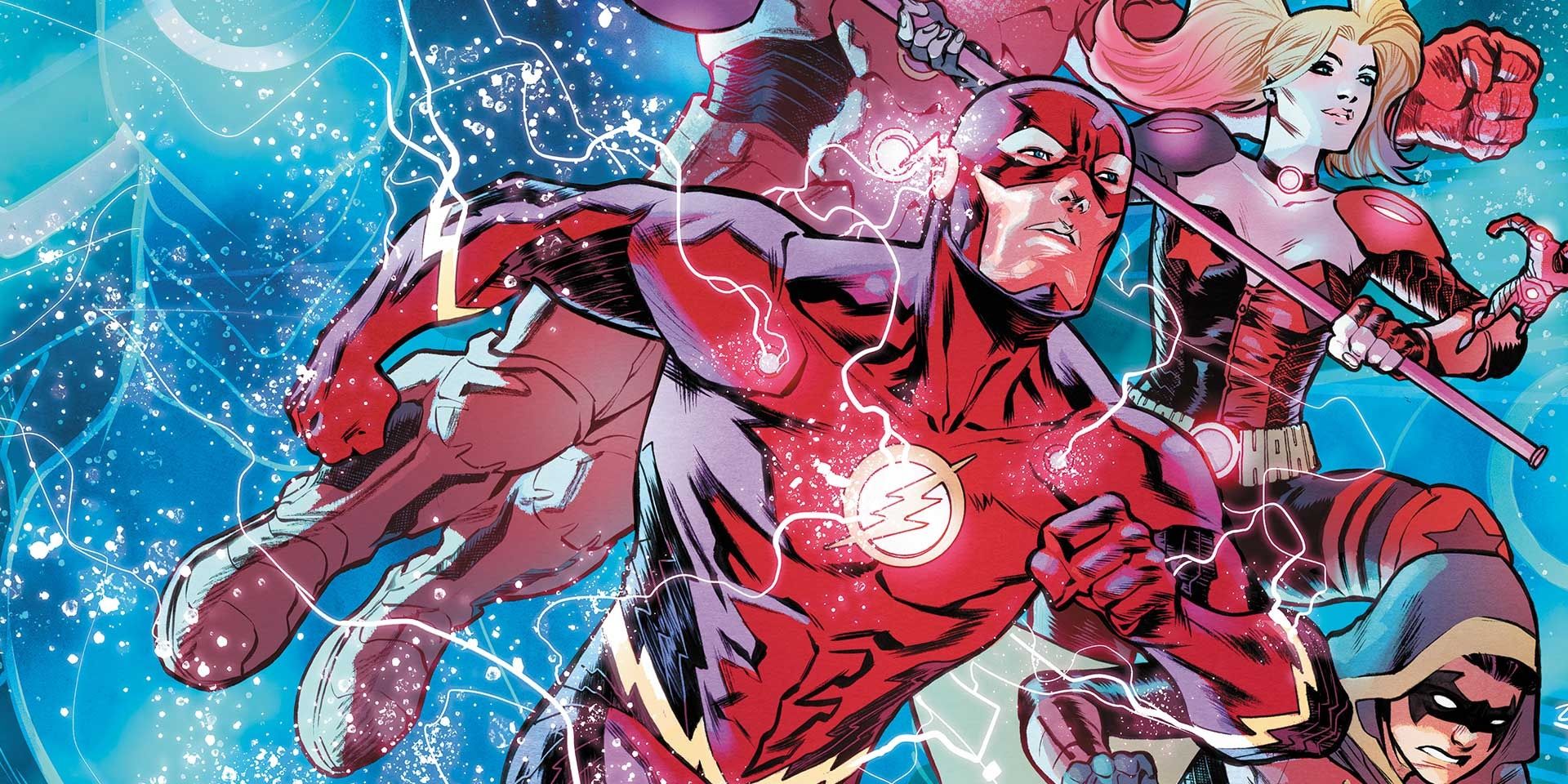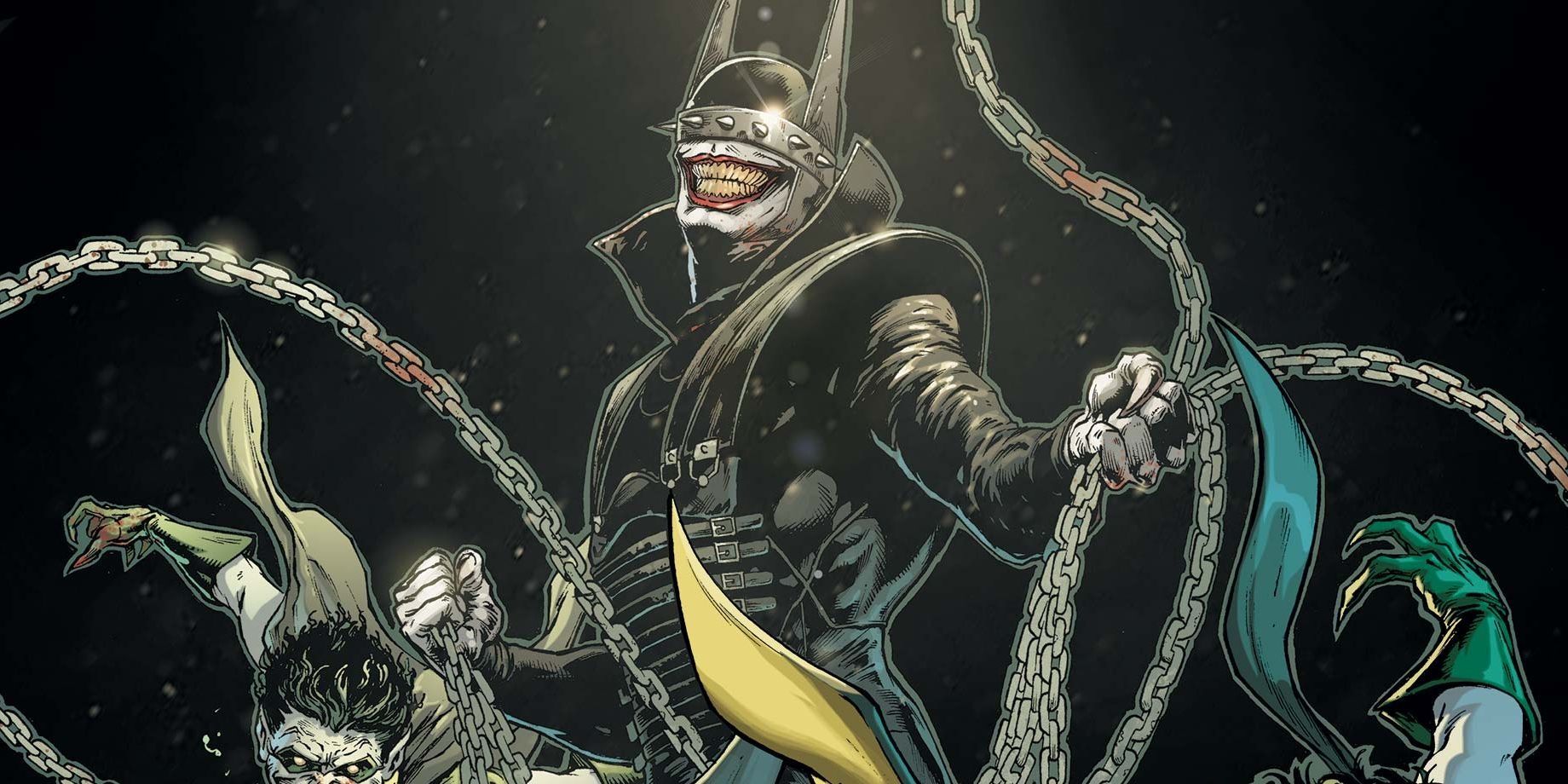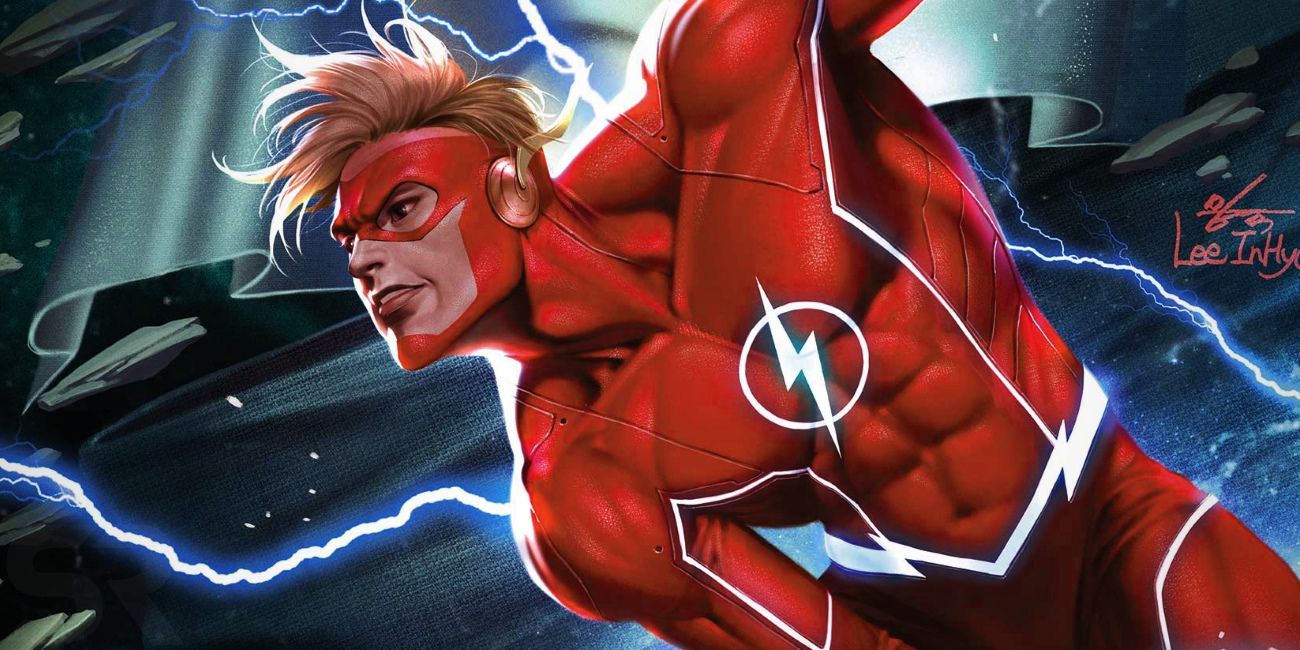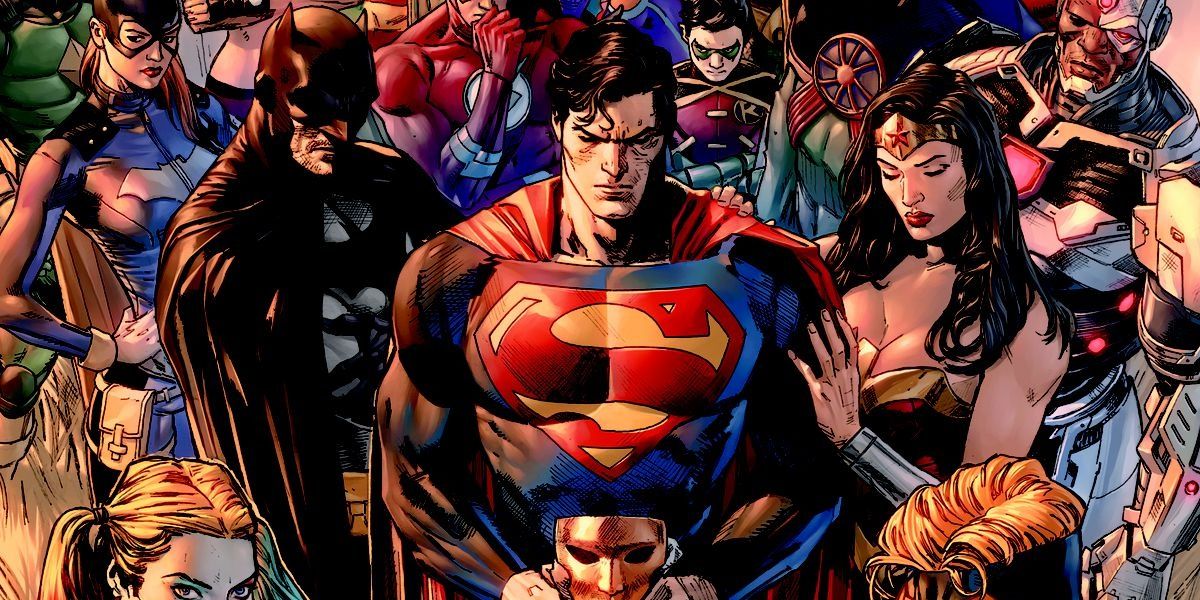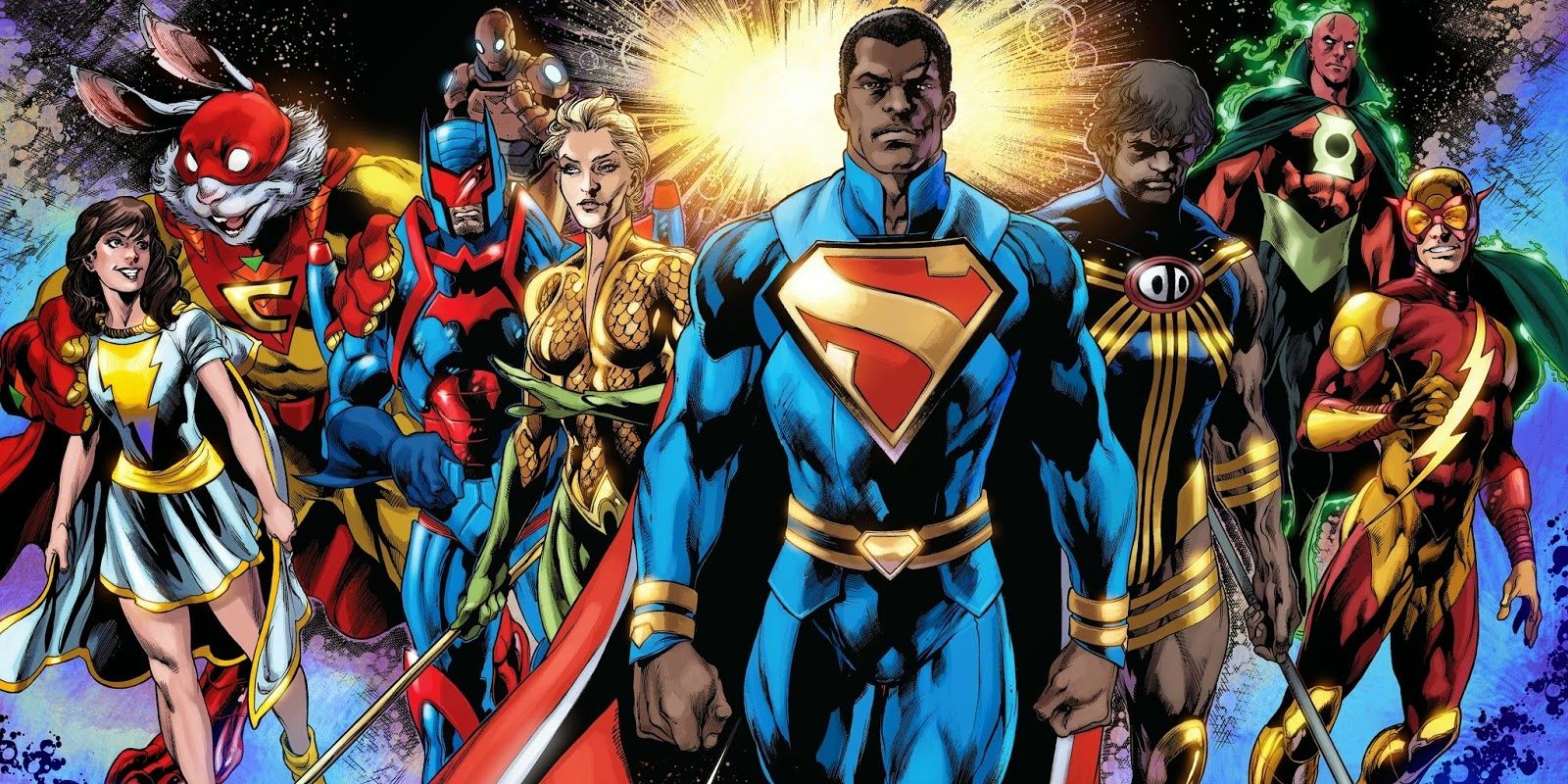Dark Nights: Death Metal is the newest event story at DC Comics. Written by Scott Snyder and with art by Greg Capullo--the legendary team behind The New 52's Batman run and the original Dark Nights: Metal--this newest story is already looking to be as epic, dark, and twisted.
Death Metal is one of the craziest events in years, combining all of the over-the-top elements of comics in a sensational fantasy tale. In fact, its story directly spins out of the events of roughly a dozen other titles, though about half of these aren't essential reading. Here are five comics to read before Dark Nights: Death Metal and five that can be skipped:
10 Read: Dark Nights: Metal
Dark Nights: Metal was one of the best comic book event stories in decades. It was concise and self-contained without too many tie-in books, but also truly epic in its scale and quality. The book mixed surrealist glimpses of parallel realities and dream-like possibilities with harrow devastation that irrevocably altered the landscape of the DC Multiverse.
Death Metal's main villain, the Batman Who Laughs, was introduced in Dark Nights: Metal. More than this, the dark fantasy style of Snyder's writing and Capullo's art combined here, unleashed in their full potential without any constraints.
9 Skip: Tom King's Batman
Tom King took over writing the main Batman title in 2016 as part of DC: Rebirth, creating a compelling, innovative story that was at once iconic and experimental. He boldly used repetition in dialogue to create spoken word poetry while examining the Batman's mental health and his pursuit of happiness, making for a genuinely compelling story. He also wrote a story with almost no connection to Dark Nights: Metal.
To be clear, some elements of King's run dealt with other key DC events, including Flashpoint, the return of Doctor Manhattan, and Year of the Villain, but the book's strength was its character-driven narrative and invocation of poetic styles--not its relationship to epic events.
8 Read: Doomsday Clock
Watchmen is considered by many to be the greatest graphic novel ever written. Ever panel and page was perfectly constructed by Alan Moore and Dave Gibbons. As such, DC Comics cheated the two out of their rights as creators, then did all they could to capitalize on the book, including making Doomsday Clock--a comic where the characters from Watchmen entered the main DC Universe.
While an excellent comic, Doomsday Clock failed to live up to the standards set by its predecessor. However, it set several events in motion that make it essential reading to fully appreciate Dark Nights: Death Metal.
7 Skip: Scott Snyder's Batman
Scott Snyder and Greg Capullo collaborated for five years on the main Batman title following The New 52 reboot of the DC Universe. Their stories took the Dark Knight to even darker places as he battled horrors lurking in the shadows of Gotham's underbelly and faced off against psychopathic villains who would flay the flesh from his loved ones as acts of romantic devotion.
This comic was fantastic. Then it took a weird twist toward the end, making Jim Gordon the new Batman--a particularly questionable choice as police killings were all over the headlines at the time. When Bruce Wayne returned to being Batman, he used a machine that showed him flashes of other possible realities for him as Batman--the realities he later covered in Metal and Death Metal, respectively. While a great comic worth reading for its own merits, these tiny flashes of alternate realities don't add anything to later event stories.
6 Read: Scott Snyder's Justice League
Snyder's work on the main Justice League title spun out of Dark Nights: Metal and dealt directly with the events of the comic. The comic was epic, fun, and filled with cosmic horror, pitting the Justice League against dark forces built into the fabric of reality. The book forced the heroes to question themselves, expanding DC's lore with the introduction of concepts like the Still Force and the Ultraviolet Lanterns.
Justice League covered the events prior to Death Metal, and very well may be the most important comic on this list to read before diving into DC's newest event story.
5 Skip: Justice League: No Justice
Immediately after finishing Dark Nights: Metal, Snyder began working on Justice League: No Justice, a short four-issue miniseries that set the tone for his work on the longer Justice League title.
No Justice was a fun and tragic story, recapturing some of the feeling of classic DC events set in space. The story was continued in his main Justice League title, and frankly, fans could skip this miniseries if they wanted.
4 Read: The Batman Who Laughs
Of all the Batman books on this list, the only one that fans need read before Death Metal is the seven-issue miniseries The Batman Who Laughs. This book showed just what the villainous anti-Batman was up to after the end of Metal and just how big of a threat he was.
The Batman Who Laughs might not be as powerful of a villain as the demon Barbatos or the multiverse's mother, Perpetua, but he is scarier because of his humanity (and his loss of it). This book showed just the cracks in Bruce Wayne and the horrors that continue to haunt the Dark Knight's innermost thoughts.
3 Skip: Flash Forward
Over the past decade, the Flash went from being a second tier Justice Leaguer to one of the most important characters in the DC Universe. Flashpoint featured Barry Allen rebooting the entire DC Universe, while one of the two biggest events in DC: Rebirth was the return of the original Wally West. Beyond this, the main Flash title has delivered one fantastic story after another in recent years, making it a consistently strong and engaging title.
Flash Forward did some amazing things as an event story, ending with a dramatic twist that took Wally West in a new direction. Death Metal built upon this, but one can enjoy the book without seeing what led up to it.
2 Read: Heroes in Crisis
The book Heroes in Crisis was a miniseries about the ways heroes cope with trauma. The writer, Tom King, spent years working in the CIA and so had firsthand knowledge about how trauma impacted people who confronted real-world violence.
The big reveal at the end of Heroes in Crisis made the book one of the most important DC titles of recent years, but even more than this, the emotional journey the characters underwent made this book essential reading for all comic fans. Its impact will echo through Death Metal and future titles in which heroes are forced to confront reality-shaking horrors.
1 Skip: Multiversity
Grant Morrison's epic multiverse-spanning comic Multiversity pushed the bounds of what a comic could do. Each issue was a separate standalone story within the greater DC Multiverse, simultaneously self-contained and yet connected to the larger overarching events of a grand narrative.
Dark Nights: Metal emerged from Scott Snyder playing with the themes and ideas established in Multiversity. However, Metal also made Multiversity's map of the Multiverse irrelevant. To put it another way, Metal shattered the Multiverse; Death Metal is the primal scream echoing in the ruins of what has been left behind.


